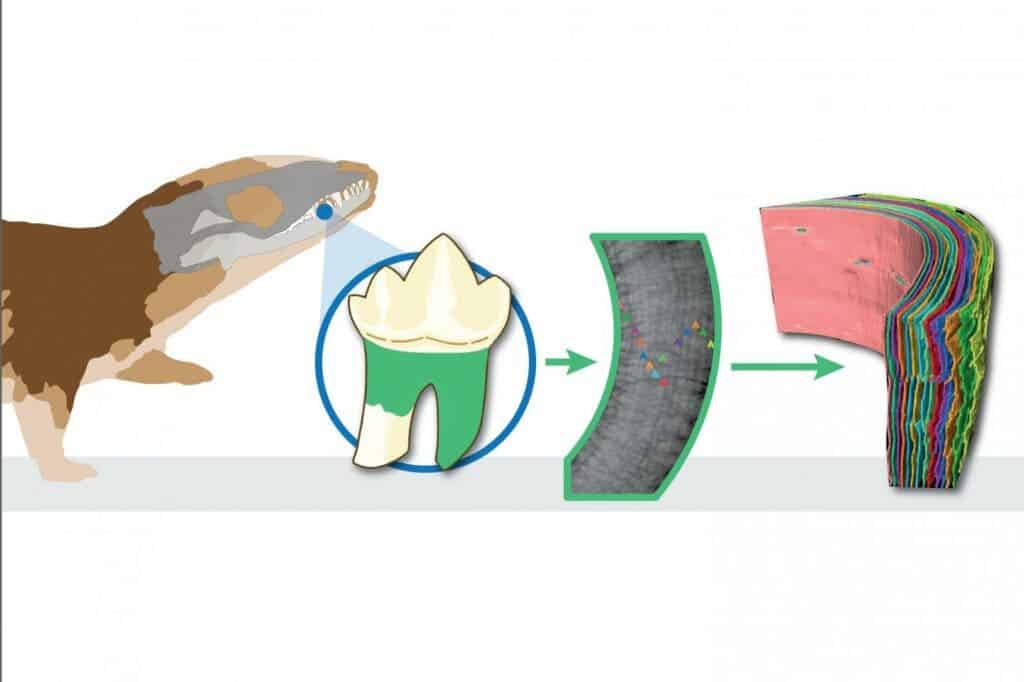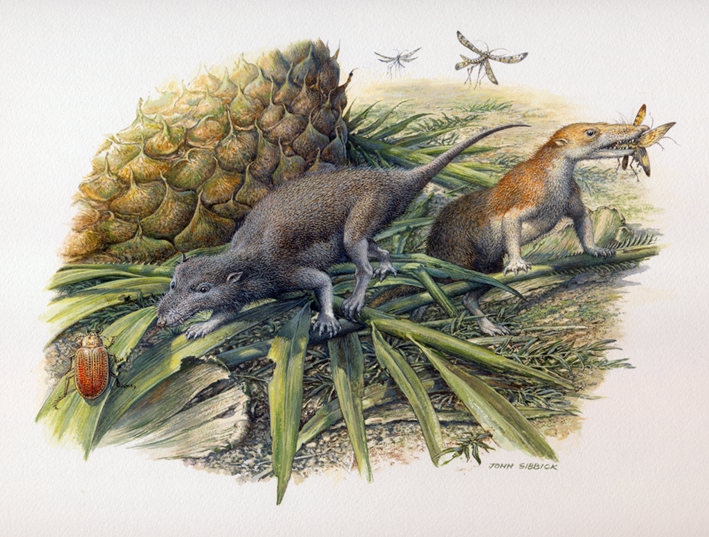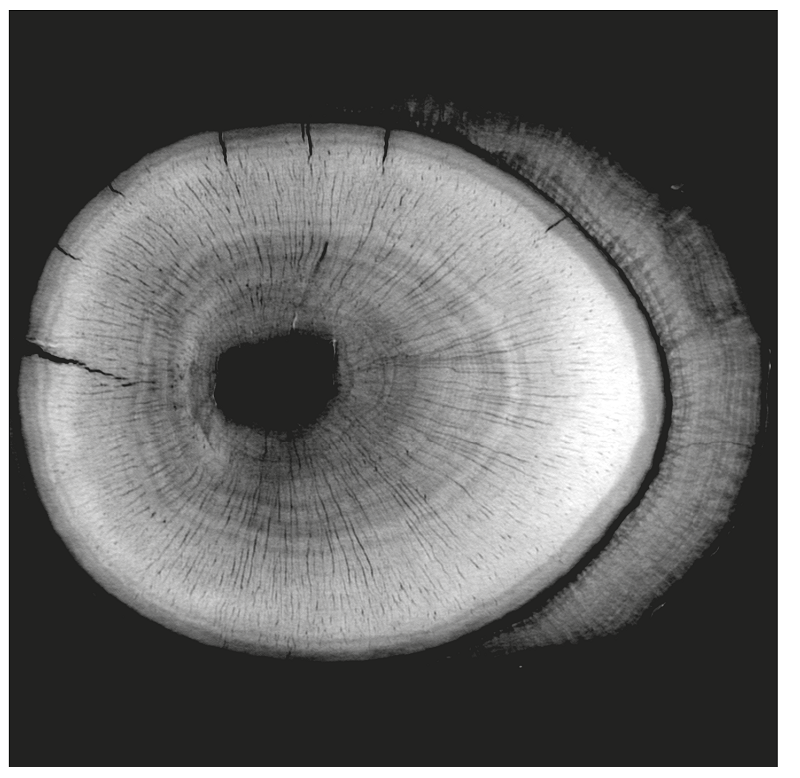
We mammals might be high and mighty now, but it wasn’t always like this. Some 200 million years ago, the earliest mammals were tiny shrew-like creatures that lived in the shadows of the dinosaurs. In fact, the dominance of the dinosaur lineage ensured that our distant mammalian ancestors never grew larger than a cat during the next 145 million years of evolution.
There is still much we don’t know about the very first mammals, and how these little creatures morphed into a panorama of mammals with fur, hooves, fangs, as well as streamlined swimmers in the deep ocean. But a new study might cast more light onto the dawn of the age of mammals.
Mammalian evolution was more complicated than previously thought
In this new research, scientists at the University of Bristol in the UK and the University of Helsinki in Finland analyzed ancient teeth belonging to Morganucodon and Kuehneotherium, two of the earliest mammals known so far, using powerful X-rays.
Like counting a tree’s rings in order to determine its age, the researchers analyzed growth rings deposited every year in the cementum of the teeth, the structure that locks tooth roots to the gum. This procedure allowed the scientists to determine how long these animals lived.
Similarly sized modern-day mammals, such as mice and shrews, tend to survive only 1-2 years in the wild. But the researchers were surprised to find the ancient mammals lived much longer.
“The surprisingly long lifespan of these mammals, 14 years for Morganucodon and 9 for Kuehneotherium, are much longer than living small-bodied mammals, and more similar to small reptiles. This suggests a comparably slower pace of life to warm-blooded mammals and that the earliest mammals had yet to develop this important feature,” Dr. Elis Newham, Research Associate at the University of Bristol and lead author of the new study, told ZME Science.

The project is the brainchild of Newham’s supervisor, Dr. Pam Gill, who is a senior research associate at the University of Bristol. Gill was inspired to employ advanced imaging technology on ancient mammalian fossils after one of his colleagues had a tooth removed that they wanted to get X-rayed because ” it can tell all sorts of things about your life history.” Why not do the same to learn more about the lives of the first mammals?
Over a period of six years, during which Newham took this project up for his MSc in Palaeobiology at the University of Bristol, and then as a Ph.D. at the University of Southampton, hundreds of teeth were examined. The fossils were scanned at the European Synchrotron Radiation Facility and the Swiss Light Source, among the world’s brightest X-ray light sources, in France and Switzerland, respectively.
“Perhaps the greatest challenge during the study was the very intense experiments at the synchrotrons. Located in Switzerland and France, the synchrotrons we visited operate 24-hours a day and so often require gruelling shifts through the night where small crews of scientists are continually swapping specimens, firing X-rays and drinking coffee!” Newham told me.

The cementum scans allowed the researchers to reconstruct the tooth roots in 3D, showing that Morganucodon lived for up to 14 years, and Kuehneotherium for up to nine years.
What’s more, the researchers also measured the size of major blood vessels in the femur bone of Morganucodon. This showed that Morganucodon could have had higher blood flow than living reptiles, but it was still significantly lower than that of living mammals. “This in-turn indicates that the earliest mammals could not sustain the same level of demanding exercise of living mammals,” Newham said.
These intriguing results suggest that the earliest mammals weren’t really warm-blooded like today’s mammals, although even 200 million years ago they had relatively large brains and whiskers.
“We are continuing using the method developed in this paper to study the physiological evolution of mammals through their early stages, to plot the pace and pattern of the evolution of warm-bloodedness. We are also looking at the possibility of analyzing other important life history information from the cementum growth rings in both living and fossil mammals,” Newham concluded.
The findings appeared in the journal Nature Communications.



